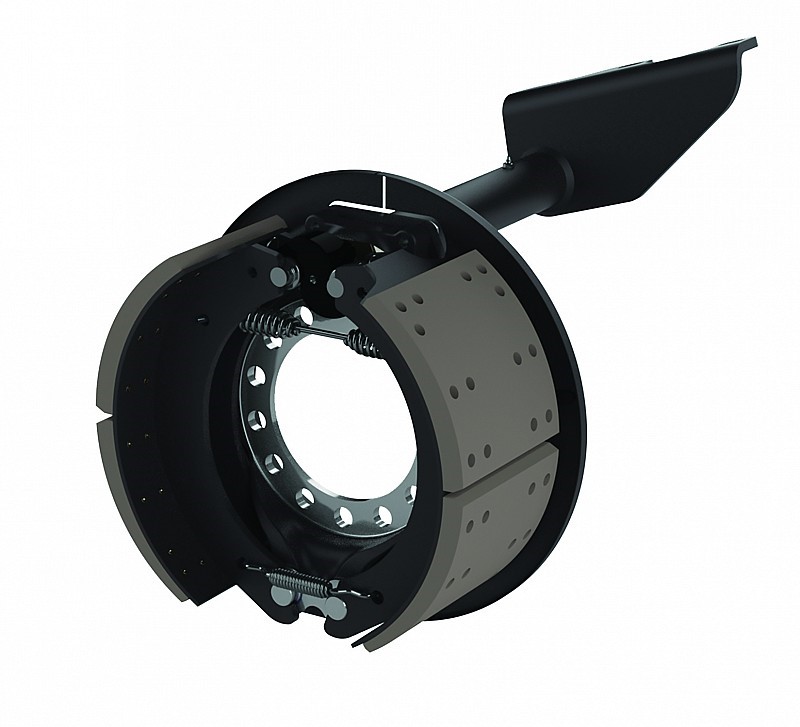What Are Drum Brake System Parts?
In drum brake system; There are drum, wheel brake cylinder (brake center), pistons inside the brake cylinder, shoes, pads, return springs. In addition, the handbrake mechanism is located on the brake plate.
Drum: It is a metal piece generally made of cast iron that rotates with the wheel. It is mounted on the wheel hub with wheel bolts. The inner surface of the drum forms the friction surface of the linings.
Wheel Brake Cylinder: This is called the brake center in industry (not the brake main center), the brake hose is connected to the brake cylinder with a record. By converting the hydraulic pressure into a thrust force with the pistons inside, it presses the linings to the drum.
Brake Shoes: It is a half-moon shaped metal piece on which the linings are riveted or adhered. The piston pushes the shoes forward to apply brakes and the return spring pulls the shoes back.
Brake Pads: It is the part on the shoes that opens outwards with the shoe when the brake is pressed and rubs against the drum, has a high friction coefficient and creates the braking effect.
Return springs: These are the springs that open outward when the brake pedal is pressed and bring the brake shoes, which touch the drum, back to the normal position when the brake is released.
How Does the Drum Brake System Work?
The drum brake system is a brake mechanism used in the rear wheels of passenger cars and light commercial vehicles and heavy vehicles. The brake mechanism is fixed, the drum rotates with the wheel. When the brake pedal is pressed, the pressurized hydraulic brake oil opens the pistons (right-left) of the wheel brake cylinder on the brake pad to both sides and pushes the brake shoes towards the drum. Brake pads on the outer surface of the shoes create the braking effect by rubbing on the inner surface of the drum.
Since drum brakes operate in a closed environment, they get hotter and are difficult to cool, and when heated, there is a reduction in braking force. In addition, since the drum mass is high, it increases the unsprung mass (except suspension), which creates a negative effect in terms of comfort.
Self-Braking Effect (Self-Servo Effect - Self Energy)
This feature is not available in disc brakes. In the drum brake system, in addition to the braking force obtained by pressing the brake pedal; An additional braking effect occurs due to the rotation direction of the drum and the way the pads come into contact.
While the drum turns left (that is, the vehicle is moving forward), the pistons in the wheel brake cylinder open the brake shoes to the left and right side by pressing the brake. Since the direction of rotation is to the left, the brake lining on the left tends to rotate with the drum when it is pressed against the drum, that is, the brake automatically creates a pressure in the friction direction in addition to the pushing force, thereby creating a self-braking effect and increasing the braking force of the vehicle. Because of this extra braking, the pads on the left often wear out more than the pad on the right.
At the same time, the brake lining on the right is pressed against the drum, but here, in contrast to the above logic; The drum shows a thrust effect against the lining which acts in opposite direction due to the rotation direction. For this reason, the lining on the right has less effect on braking and wears less than the lining on the left.
Drum Brake System Types
Various designs are used in drum brakes with double cylinders (one above and below), single cylinders (only on top), single acting cylinders or according to the structure of the retaining pins of the shoes. The most widely used drum brake type: single cylinder and self-gap adjustment type.

